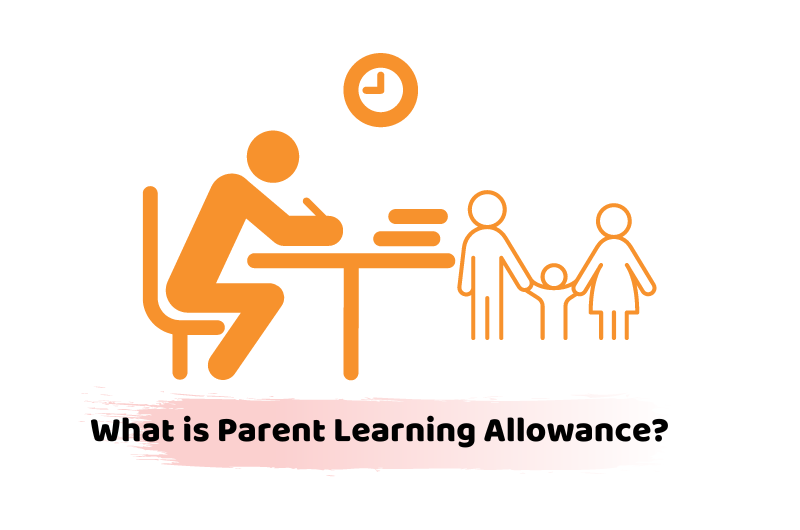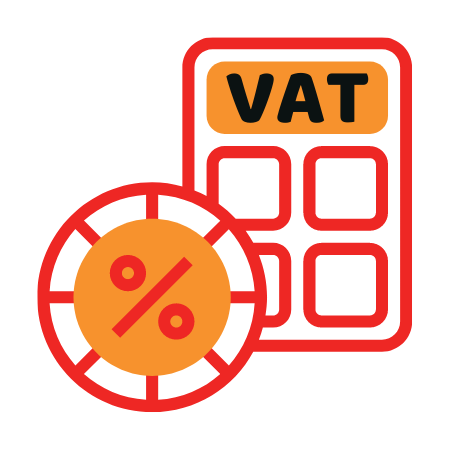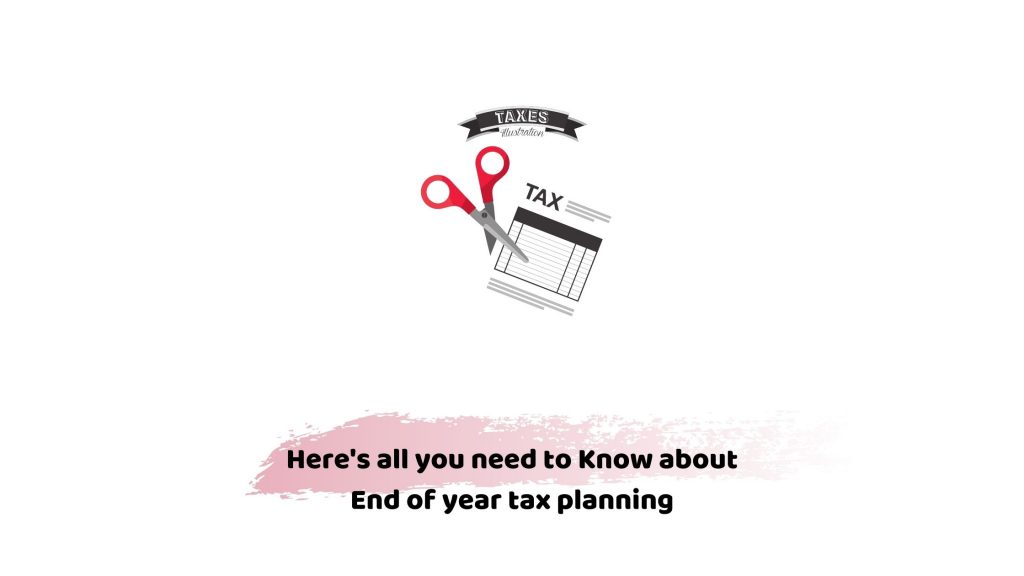UK tax year comes to an end on 5th April 2021. If you’re not already done with the end of year tax planning, February and March are the only months for you to plan ahead. Let us help you with minimizing your tax bill below:
What Additional Rate Applies to the Taxpayers?
If you’re earning more than £100,000, your tax-free personal allowance falls by £1 for every £2. You won’t receive any tax-free personal allowance if you’re earning more than £125,000. If you’re earning more than £150,000 it’s important to note that an additional tax rate of 45% will be deducted. Another way of reducing this liability is that you use pension contributions and moving investment to a low rate tax paying spouse.
Can You Use the Allowance Allotted to Your Spouse?
Of course, you can. Please note that if your spouse is a non-taxpayer, or lower, it’s possible for them to use 20% of their personal allowance to their partner. This helps you save £250 in tax. In case you have income-producing assets (this does not only include buy to let properties but also savings account). Make sure that you’re putting these in lower or non-taxpaying spouse name. This helps you lower your overall tax liability and helps you out with end of year tax planning . It’s important to note that assets can be passed between spouses, without worrying about any CGT liabilities.
Utilize your Individual Savings Account (ISA) Allowance
The tax allowance for ISA is £20,000 per person this year. A married couple can invest around £40,000 in April 5th before end of the tax year. If you’re married, you need to take major decisions of your life accordingly. Count your self exempted from capital gains tax (CGT) and any other tax on UK income. You don’t have to declare this on your tax return. If you’re not making use of ISA allowance, you won’t be able to carry it forward.
Work on your Tax Free Pension Allowance
If you look at your current tax year, a standard pension allowance is around 100% of your earned income or £40,000. It can be higher. If your income exceeds £240,000, this can be reduced accordingly. This can also be reduced if you’ve taken benefits from Flexi Access Drawdown previously. However, if you’re paying tax at a higher rate, and you’ve got relevant earnings, it’s easier to claim your tax relief. It’s always a good idea to carry forward any unusual personal allowance from three previous tax years. So if you were a member of the pension scheme, it’s probably a good idea to carry forward your personal allowance from three previous tax years.
Save yourself Some Pension – Sort Out your End of Year Tax Planning
Never let go of the idea of letting go of your pension for your children and grandchildren. Save upto £3,600 of your pension for your spouse, children, or even civil partner. Even if they’re not earning on their own, its a good idea to obtain tax relief on your contributions.
Know More About Capital Gains Tax Here
Individuals can make gains on investments of up to £12,300 free of tax. Any gains in access are charged at 10% or 20% to be very precise. Please note that this is at the disposal of the residential property being taxed at 18% or 28% Of course, this totally depends on the individual’s other taxable income at which yous see gains. The good news is that married couples can use their allowances by transferring assets way before they’re sold.
What are CGT Changes at the Disposal of Residential Property
From 6th April onwards, some major changes were observed in the CGT regime. This was with respect to the disposal of residential property, and also included any reductions in the relief process. Private Residence Relief was restricted a long time ago, and the lettings were abolished in a number of cases at a given date. THere is a new requirement to report capital gains and it is, therefore, necessary to pay the associated tax due within 30 days of completion. If there are certain instances of non-compliance, a number of penalties shall be charged.
One of the major changes was introduced from 6th April 2020. This was in relation to exchanges of property between spouses or civil partners. This may have a strong effect on the situation of the couple. As a result of this change, when you’re considering the transfer of property, you need to take transferring history of your spouse into account.
We hope that we’ve given you a clear overview of end of year tax planning, allowance allotted to your spouse, any additional rates applied to the taxpayers, and furthermore about individual savings allowance. Make sure you keep up with the news and know all the latest updates.





















































